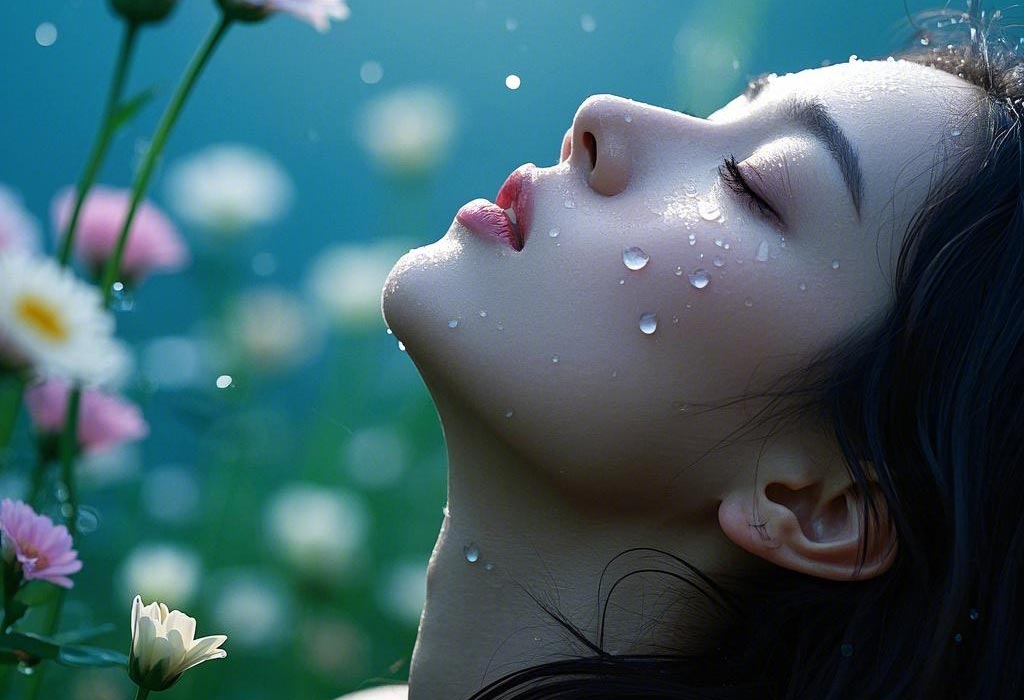The global beauty industry’s projected $670 billion valuation by 2026 (Statista) masks a growing cultural paradox: While consumers spend more than ever on skincare and cosmetics, 78% report feeling guilty about their beauty routines (2023 Dove Global Survey). This article dismantles beauty shame through historical context, neuroscience insights, and actionable strategies for guilt-free self-expression.
I. The Evolution of Beauty Morality
A. Historical Beauty Taboos
- 19th-century “painted ladies” stigma vs. modern “no-makeup makeup” trend
- Religious prohibitions: Islamic halal cosmetics market growing at 8.9% CAGR
- Gender fluidity shifts: 43% Gen Z men use skincare regularly (NPD Group 2023)
B. Modern Guilt Triggers
- Sustainability Anxiety: 68% feel conflicted about packaging waste (Euromonitor)
- Time Guilt: Average woman spends 72 days/year grooming (OECD)
- Authenticity Crisis: Social media’s “effortless beauty” myth
II. Neuroscience of Aesthetic Pleasure
A. The Brain’s Beauty Response
University College London studies reveal:
- Viewing symmetrical faces releases dopamine (reward centers)
- Applying skincare activates somatosensory cortex (self-touch=stress reduction)
- Color perception (e.g., red lipstick) increases prefrontal cortex activity by 17%
B. Therapeutic Applications
- Oncology wards using makeup workshops to restore identity post-chemo
- Japanese “forest bathing” skincare lines with phytoncide extracts
- VR beauty filters treating body dysmorphia (Stanford trials)
III. Ethical Consumption Framework
Actionable Beauty Audit Checklist
| Category | Guilt-Free Criteria | Certifications to Seek |
|---|---|---|
| Ingredients | Biodegradable formulas | EWG Verified, COSMOS |
| Labor | Fair wages across supply chain | Fair Trade, B Corp |
| Marketing | Age/diversity-inclusive ads | ADA-compliant alt text |
| Packaging | Refillable systems | How2Recycle label |
Case Study: Proven Success Models
- Lush’s Naked Packaging: Saved 124 million plastic bottles since 2019
- Fenty Beauty’s 50-Shade Foundation: Drove 34% market growth in inclusive cosmetics
- South Korea’s “Slow Beauty” Movement: 10-step routines → meditation-integrated regimens
IV. Cultural Reclamation Projects
A. Indigenous Wisdom Revival
- Māori-owned Manaaki skincare using traditional kawakawa balms
- Ayurvedic beauty principles in US spas (300% growth since 2020)
- Navajo artist-designed makeup brushes preserving silversmith techniques
B. Body Neutrality vs. Positivity
- Body Positivity: “Love your curves” campaigns (Aerie, Lane Bryant)
- Body Neutrality: Focus on functionality (“My legs carry me”)
- Radical Acceptance: Disability-led beauty platforms like Guide Beauty
V. Future-Proof Your Beauty Practice
A. Tech-Enabled Personalization
- AI skin analyzers (HiMirror: 98% accuracy vs dermatologists)
- DNA-based nutrition/beauty blends (Nutrigenomix tests)
- 3D-printed biodegradable makeup (Gantri’s plant-based polymers)
B. Community-Driven Solutions
- Beauty libraries (Rotate NYC: borrow luxury products)
- Skill-sharing apps: Trade hairstyling for skincare expertise
- Repair cafes: Fix beauty tools instead of replacing
C. Legislative Progress
- EU’s 2025 Microplastics Ban affecting 87% of exfoliating products
- California’s Toxic-Free Cosmetics Act removing 24 harmful chemicals
- France’s “Psychological Impact” labels on retouched ads
Conclusion: The New Beauty Manifesto
True “beauty without guilt” emerges when self-care becomes:
- Intentional (mindful consumption over impulse buys)
- Inclusive (celebrating diverse expressions)
- Interconnected (respecting ecological and social systems)
As activist and model Charli Howard asserts: “Beauty shouldn’t be a battleground, but a playground for self-discovery.” By aligning our routines with personal ethics rather than external pressures, we transform beauty from obligation into joyful self-expression.

















